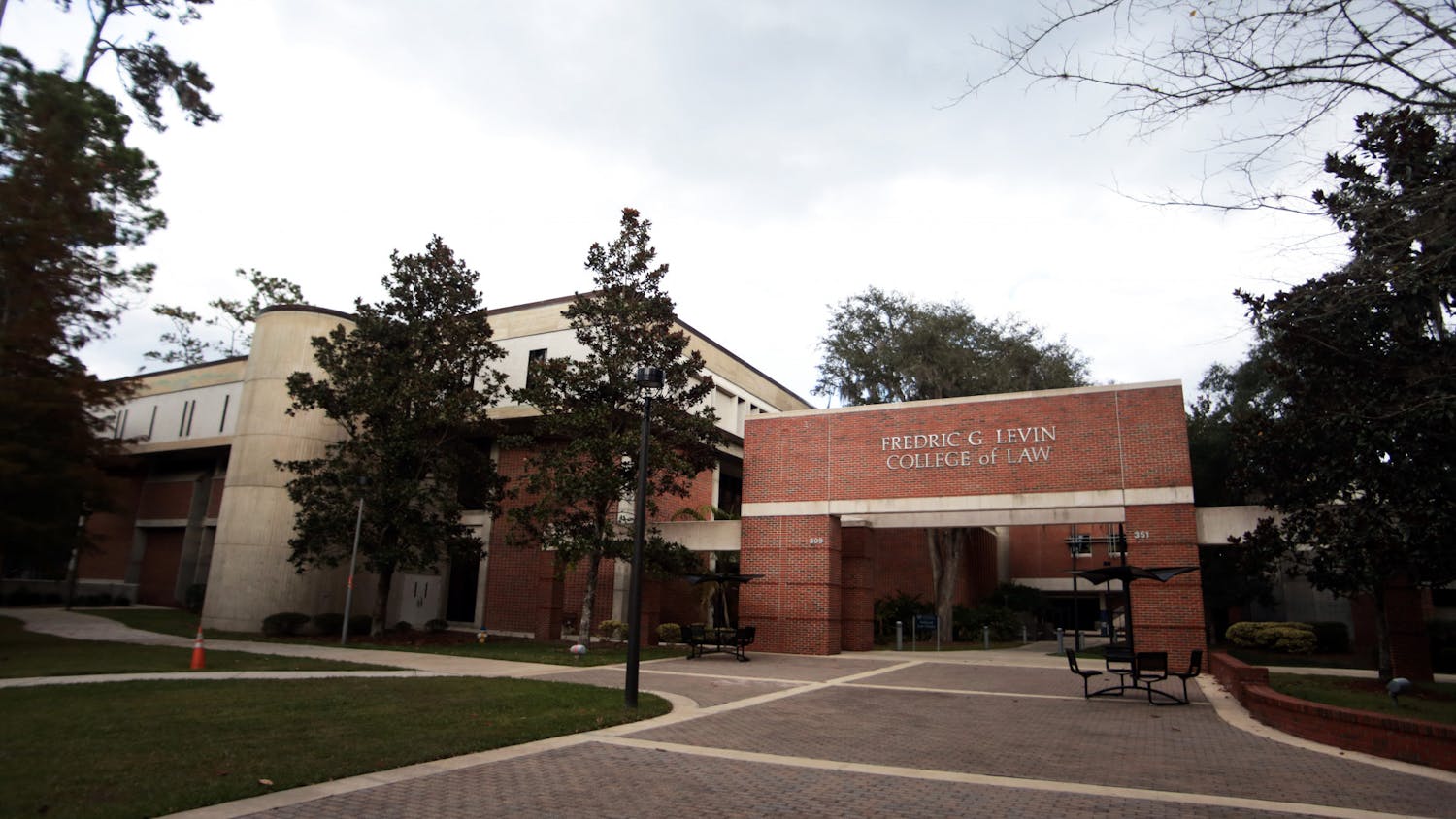The endangered species list has a new addition: the rusty patched bumblebee.
Since the U.S. Fish and Wildlife Service added the bee to the list on March 21, researchers and conservationists have been working to find a solution to the species’ rapid population decline.
This is the first time any type of bumblebee has become endangered.
Georgia Parham, a spokesperson for Fish and Wildlife Services, said the rusty patched bumblebee once dwelled in states between Connecticut and South Dakota, even reaching provinces in Canada, but it has never reached Florida. Now, the bee barely inhabits nine states as its population has decreased more than 90 percent in the last 20 years.
“It’s abundance has gone down dramatically in a relatively short period of time,” Parham said. “And basically that’s what we cited when we listed it (on the endangered species list).”
The bumblebee is responsible for pollinating crops that grow fruits and vegetables such as tomatoes, cranberries and peppers.
About 30 percent of food is dependent on the ability of bees to pollinate the crops, said Tony Hogg, president of the Florida State Beekeepers Association. Hogg said about 44 percent of the bee population declined last year, and he thinks this could become a serious issue.
“I think people are aware of the problem,” he said. “I don’t think the vast majority is aware of the significance of the problem.”
Both Hogg and Josh Campbell, a postdoctoral associate researcher in UF’s Entomology and Nematology Department, said some of the problems are because of lack of research and knowledge on the insect.
Campbell said he thinks the first step in solving this problem is to figure out what’s causing the rusty patched bumblebee’s declining population. Once that’s discovered, Campbell hopes to apply that knowledge to other species of bees.
“If we can figure out what’s causing this bee’s decline, most likely whatever the culprit or culprits are are also causing other species’ declines,” he said. “Conservation strategies that go into aiding this particular bee will probably aid dozens or maybe hundreds of species of bees.”
Anthophora plumipes a close relative to Anthophora abrupta or "Miner Bees"





